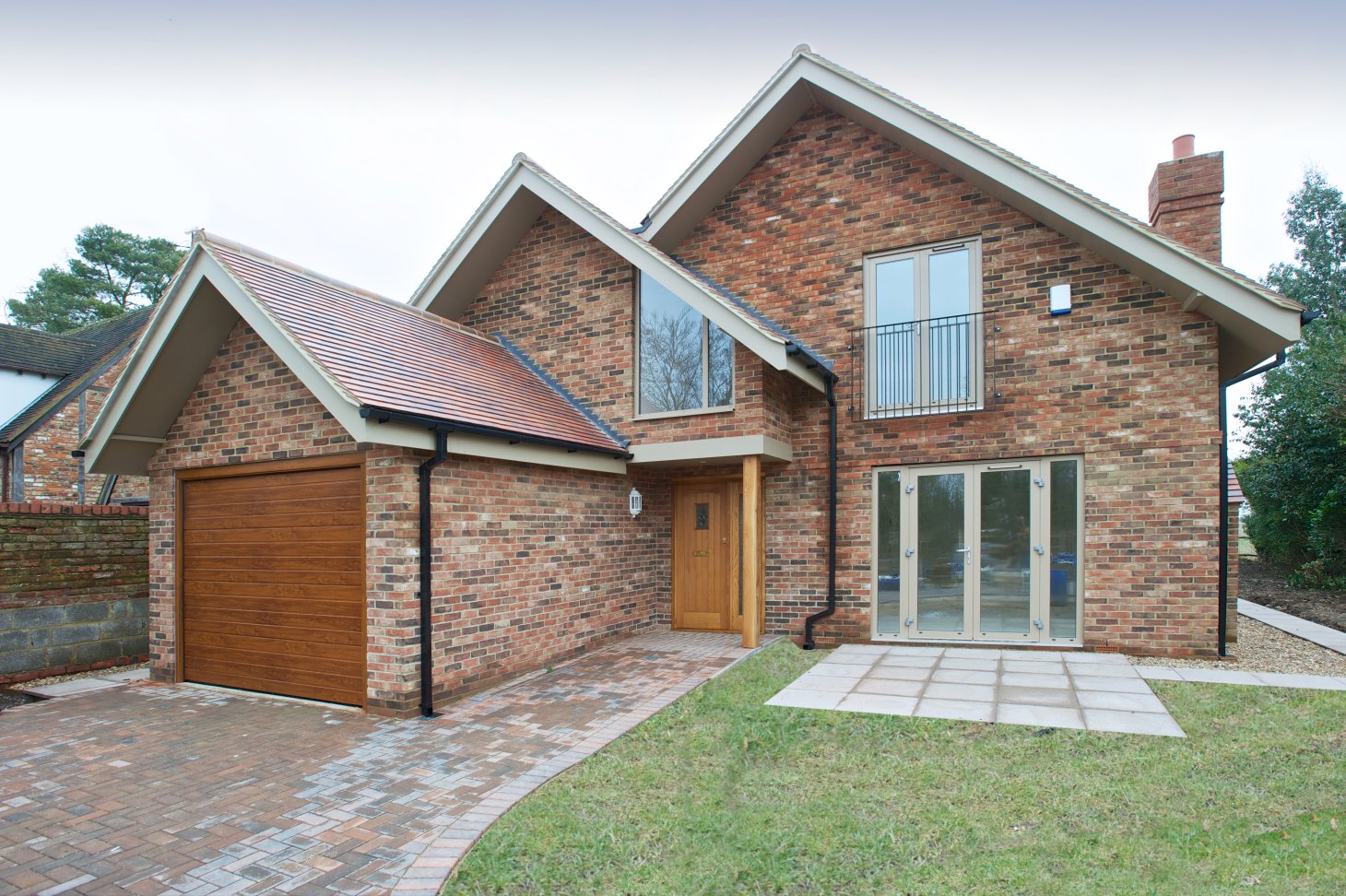
Housing Secretary Robert Jenrick has announced the setting up of a new body focussed on driving up design standards and supporting local communities to produce design codes defining beautiful design in each community.
Nicholas Boys Smith, former co-chair of the now disbanded Building Better, Building Beautiful Commission, has been appointed to help establish and lead this new body.
So, what can we expect to see from this new design body, and what will new design standards and codes emphasise as ‘beautiful design’? A good place to start is the Commission’s final report ‘Living with beauty’ published in January 2020.
The report condemns the “ugly templates” of “buildings that stand without coherent relation to neighbouring structures, that are neither durable nor beautiful and are destined for dereliction”. The reports general recommendation for tackling these ugly templates is to place greater emphasis on communities, neighbourhoods, greenery and placemaking.
A blog written by Boys Smith may also give us some insight into how this new design body will incorporate the term ‘beauty’. Boys Smith states that “there’s a growing corpus of evidence that many of the components that make places beautiful (such as walkable streets, ‘gentle density’, and street trees) also make them healthy, happy, and sustainable”.
Gentle density is, presumably, the opposite to what Boys Smith defines as ‘superdensity’ elsewhere. He defines superdensity as “tiny flats in large towers or ‘groundscrapers’ with no gardens” like the London Plan. So perhaps we can expect an emphasis on houses rather than flats, or communal gardens for all high-rise residential new builds.
A greater emphasis on components like these in future design processes will likely be welcomed by many, especially after the gruelling experience of lockdown. Such components are also be associated with more walking, less crime and better physical & mental health.
Ultimately, this new design body seems set to focus on the creation of communities rather than just housing developments. It will be in the business of placemaking.
Considering the National Housing Federation survey released in September 2019 estimated 1.7 million people are in unsuitable homes (such as properties with no outside space), the need for placemaking and an emphasis on spatial quality of life is certainly necessary.
However, the NHF survey also estimated that 3.6 million people are living in an overcrowded home. The Building Better, Building Beautiful Commission, its final report and the new design body have mainly commented on external aesthetics with little mention of how they work as homes for people. Issues like comfort, ease of access and movement are just as important as a building’s envelope.
Nonetheless, there’s plenty of reason for housebuilders and residents to be optimistic. Large housing targets mean plenty of work for the housebuilders, and residents can look forward to more attractive buildings and neighbourhoods.